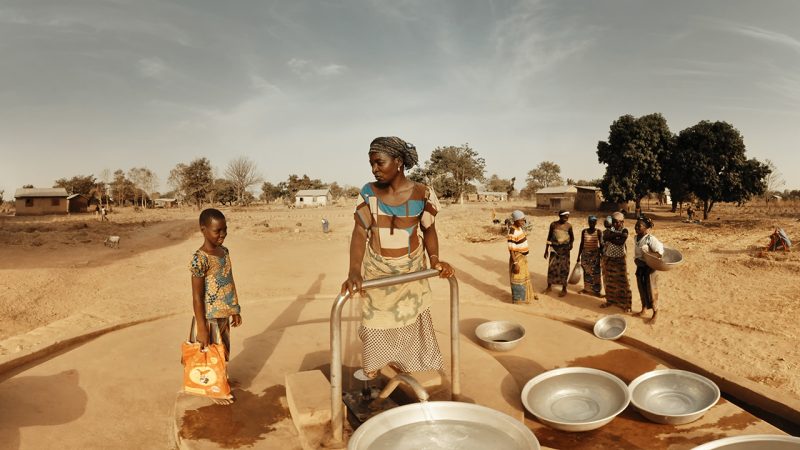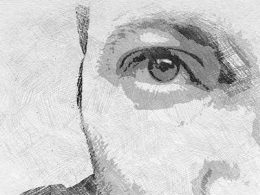Organisations such as Greenpeace and Amnesty International finance their projects with the help of donations. A study by the International School of Management (ISM) now shows that the use of virtual reality has not only had a positive effect on their brand, but has also increased their willingness to donate.
Aid organisations often advertise in pedestrian zones or on the internet. They use emotional short films in particular to raise money for good causes. While films used to be made in 2D, some NGOs now use 3D films shot with a 360-degree camera. This gives the viewer an even more intensive insight into the everyday lives of refugees or the world of endangered animal species.
VR reinforces the emotional aspect
Nelly Dux is a Master's graduate from ISM Hamburg and carried out a study on this topic in her final thesis. To find out whether virtual reality has an influence on the perception of aid organisations and willingness to donate, study participants watched Greenpeace advertising films in 2D on the computer and in 3D with VR glasses. The result was that the test subjects were able to engage much more strongly with the film's story and message when using virtual reality. "The subsequent survey showed that participants who watched the film with VR glasses had a more positive attitude towards the aid organisation than before. This in turn increased their willingness to donate," explains Dux, who studied business psychology at ISM Hamburg. "The use of virtual reality makes topics such as the refugee problem even more tangible because we as viewers are virtually in the middle of the action - we experience our emotions even more intensely."
Swiss NGOs are also making extensive use of VR. Helvetas was the first Swiss NGO to use an integrated virtual reality campaign back in 2017, about which we reported.
Source: horizont / Image: Helvetas









